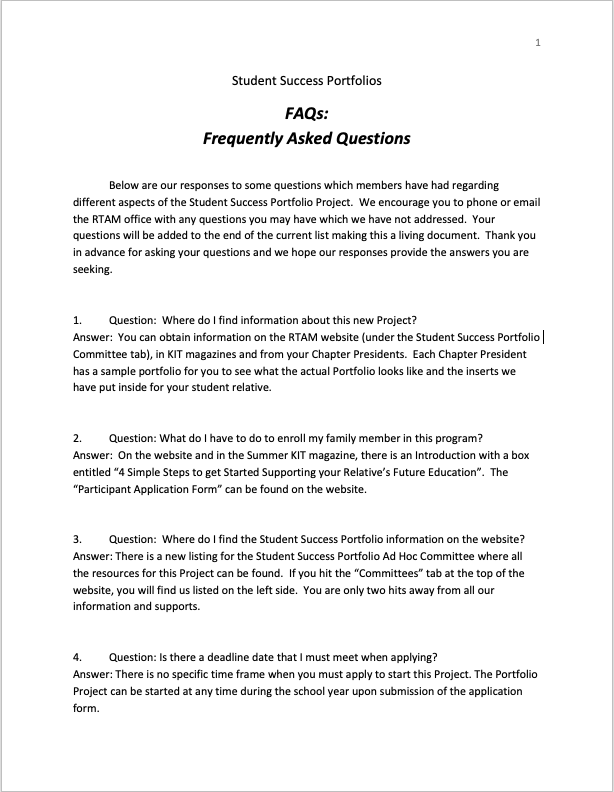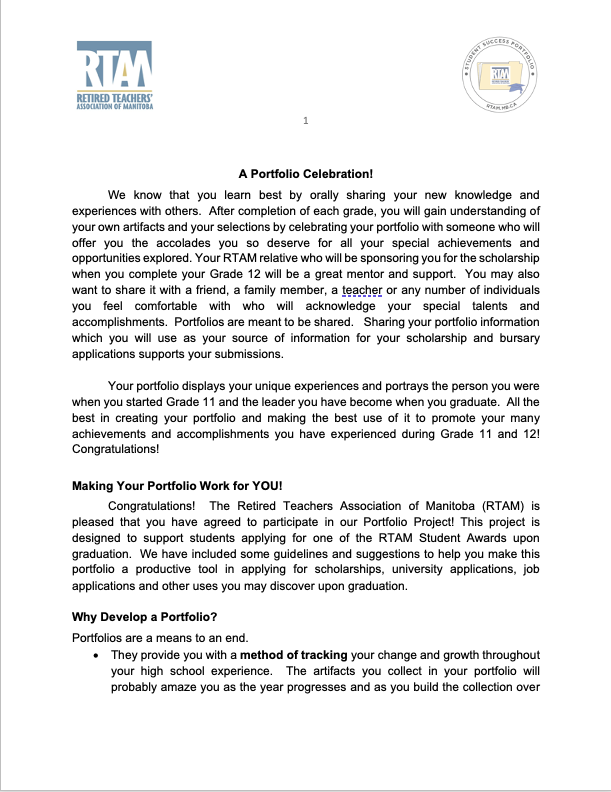I count myself lucky to have been a teacher-librarian in a beautifully modern school, the beneficiary of a hundred years of educational progress in teaching methods; surrounded by a library of 10,000 books, I had the best materials to help children advance their literacy and learning.
But I also count myself lucky to have started my journey as a learner back in an earlier era. In 1958, my first school was a green and yellow wooden building plunked in the middle of a scruffy school yard in West Kildonan. It was built in 1916, when the area had been a prairie fringe of Winnipeg.
Seven Oaks School had four grades - 1 and 2 on the bottom floor, with a big wooden staircase leading to grades 3 and 4 upstairs. Each classroom was big enough to accommodate 40 or more wooden slide-in desks. The planks on the wooden floor were wide and I remember they showed the wear of the hundreds of students who had walked there over the decades. The classrooms were big and airy, the windows huge - cold leaked through the frosty panes in winter but no matter how high they were hoisted during June heat waves, they were never large enough to keep us from getting groggy. Our physical education classes in the winter were held on the grey painted cement floor in the girl’s washroom in the basement; girls from other classes used the bathroom stalls while we did jumping jacks in front of them. Students on the second floor slid down a big metal slide during fire drills.
We all thought these was normal. The school office was a tiny closet near the classroom of the woman who was both the Grade 4 teacher and the principal. I recall learning that she had served in the Women’s Army Corps in World War II. Our fathers had been in the Armed Forces, and we’d heard a lot of stories about the variety of characters that made up the services. So it was natural that we ascribed a militaristic description to this short, stout woman. We decided she was a little general who ordered us around. Today, I wonder what she was really like. She, like the other 3 women on staff wore the same clothes over and over; it was the 1950s and they must have earned so little.
No one ever thought to ask if our teachers were musical, but we practised sight reading skills and learned songs acapella from The Singing Period. The piano in the hallway was reserved for O Canada and God Save the Queen, when every morning and at the end of the day the Grade 3 teacher would leave her class alone and pound out the notes for the entire student body, the wooden structure vibrating with everyone’s voices in unison.
Our readers were Dick and Jane, which later became passe and objects of derision, but I loved them then. I coveted the writing paper with blue printing guide lines. I don’t remember much about the content of the subjects, but I loved learning.
My family moved to a new area when I was eight years old, to a newer school that was much warmer in winter, where our physical education classes were help in a gym instead of a bathroom, where a piano was rolled into classrooms for a teacher to play on when we learned music. Initially, I was surprised at these modernities, but although I missed my old school, I quickly got used to them.
I learned in later years that parents at Seven Oaks had been agitating to get rid of the wooden school for several years. It was a mouse-infested firetrap, apparently, and it was demolished in 1962, replaced by a pleasant, six-classroom brick structure.
My relationship to Seven Oaks continued, even when I grew up. I became a library technician and I worked at the new school in the 1970s, creating a library for the kids. The principal (the former Grade 3 teacher), demanded the same services for her students as the big schools. I was hired to catalogue the collection; in an echo of past times and reflecting the reluctance we all have to throwing books out, I found titles that had been published during the First World War. Culling the collection was an instructive and occasionally amusing experience.
The student population, though, was dwindling. A few years later, the principal retired and the school became a day care centre. I attended the closing tea, enormously pregnant, and a few years later trusted my little boys to the loving care of the childcare workers there.
The school yard now sports a grassy play area in its centre. Rightfully so, but as a someone with a library and archivist sensibility, I think a plaque should mark the spot so a curious child could learn that more than a century of education and care for children has taken place in that very spot. That knowledge could prompt a moment of awe and reflection.
We are marked by where we came from, and I could not have become what I did without the education I received at Seven Oaks School. Lucky me to have ended up in what turned out to be a wonderful career at a golden time in educational progress; lucky me to understand how I got there.





















 As part of our New Horizon for Seniors Grant, we allocated some funds for a research study to help us determine the effectiveness of our program. We recently were matched with a U of M Masters student to be our researcher. Andrew Augustyn is very excited to do this research as he is interested in the theme of mentoring for his M.Ed. thesis. RTAM has sent out letters of invitation to hold interviews on his behalf to those who have signed up for the program. He will be doing two interviews this fall as part of his Qualitative Research Course and then completing our research with eight more interviews in February in order to meet our Grant Report requirements due in March. Enjoy reading his biography below.
As part of our New Horizon for Seniors Grant, we allocated some funds for a research study to help us determine the effectiveness of our program. We recently were matched with a U of M Masters student to be our researcher. Andrew Augustyn is very excited to do this research as he is interested in the theme of mentoring for his M.Ed. thesis. RTAM has sent out letters of invitation to hold interviews on his behalf to those who have signed up for the program. He will be doing two interviews this fall as part of his Qualitative Research Course and then completing our research with eight more interviews in February in order to meet our Grant Report requirements due in March. Enjoy reading his biography below.









